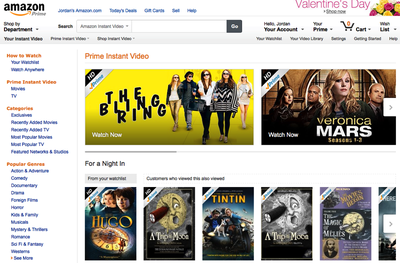 The Apple-backed "Rockstar consortium" has filed a joint motion with Huawei in U.S. District Court of Eastern Texas to dismiss with prejudice Rockstar's claims of patent infringement against the Chinese handset manufacturer. Though the motion does not mention a settlement amount, it is reasonable to expect there was some monetary licensing agreement that will allow Huawei to continue using the patents.
The Apple-backed "Rockstar consortium" has filed a joint motion with Huawei in U.S. District Court of Eastern Texas to dismiss with prejudice Rockstar's claims of patent infringement against the Chinese handset manufacturer. Though the motion does not mention a settlement amount, it is reasonable to expect there was some monetary licensing agreement that will allow Huawei to continue using the patents.
Pursuant to Rule 41(a) of the Federal Rules of Civil Procedure and the terms of a separate agreement, Plaintiffs Rockstar Consortium US LP and MobileStar Technologies LLC (collectively “Plaintiffs”) and Defendants Huawei Investment & Holding Co., Ltd., Huawei Technologies Co., Ltd., Huawei Device (Hong Kong) Co., Ltd., Huawei Technologies USA, Inc., Huawei Device USA Inc., Huawei Technologies Cooperatief U.A., and Futurewei Technologies, Inc. (collectively “Huawei”) hereby move the Court to dismiss with prejudice all of Plaintiffs’ claims against Huawei, including but not limited to any of Plaintiffs’ claims against any direct or indirect Huawei customer as is based in whole or in part upon the use of a Huawei product, with the parties to bear their own costs and fees, including attorneys’ fees.
Huawei is the first of seven Android OEMs cited in the original lawsuit to settle with Rockstar. Other high-profile companies mentioned in the suit include Google, Samsung, HTC, ZTE, LG, Pantech, and ASUSTeK. The decision by Huawei to settle may impact the other defendants in the case as it suggests to the court that Rockstar's claims of patent infringement may have reasonable merit. As a result, other OEMs may decide to pursue a settlement rather than fight the claims in court.
The patents in question are related search technology and user profiles. They were obtained by Rockstar as part of a patent collection the consortium purchased in 2011 from bankrupt Canadian communications company Nortel.


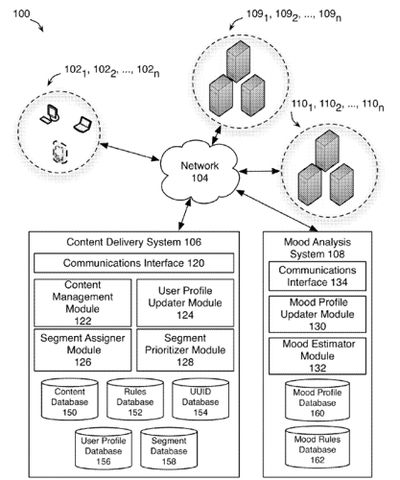
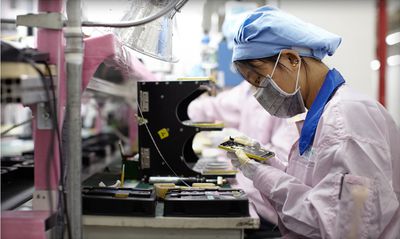
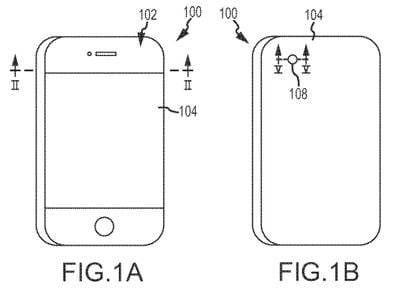
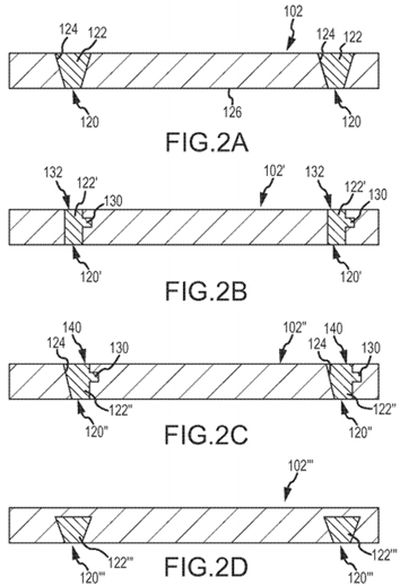

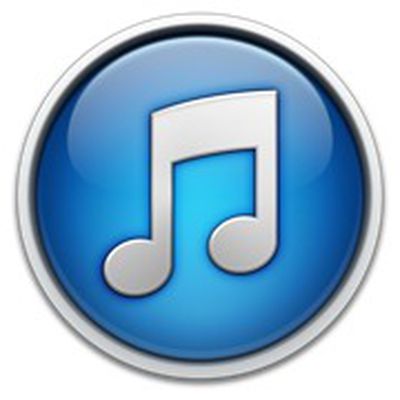 Apple has released a minor update to its iTunes software, improving support for Arabic and Hebrew, adding the ability to see a Wish List while viewing the iTunes library, and "additional stability improvements".
Apple has released a minor update to its iTunes software, improving support for Arabic and Hebrew, adding the ability to see a Wish List while viewing the iTunes library, and "additional stability improvements".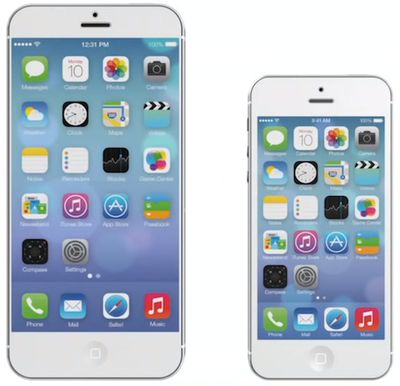 Adding to a litany of
Adding to a litany of  Activist investor Carl Icahn has just
Activist investor Carl Icahn has just 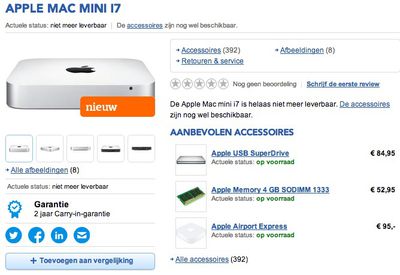
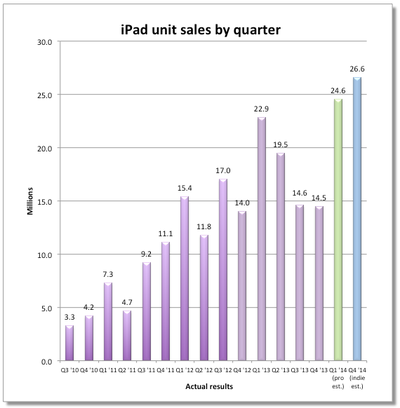

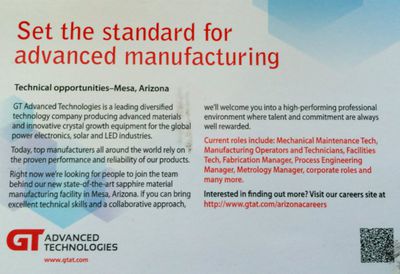
 Major tech companies like Apple, Google, and Facebook often use private buses to ferry employees from living areas in San Francisco and the bay area to company campuses in places like Cupertino, Mountain View, and Menlo Park.
Major tech companies like Apple, Google, and Facebook often use private buses to ferry employees from living areas in San Francisco and the bay area to company campuses in places like Cupertino, Mountain View, and Menlo Park.